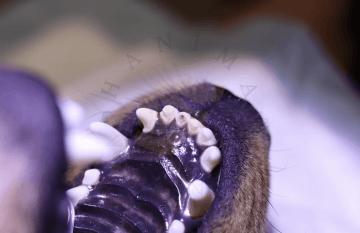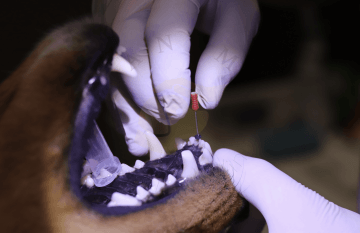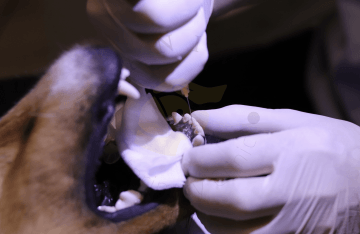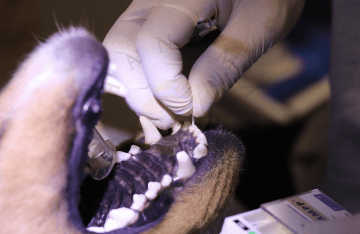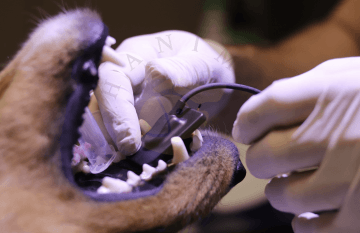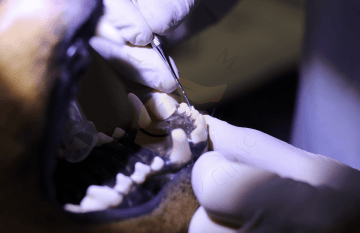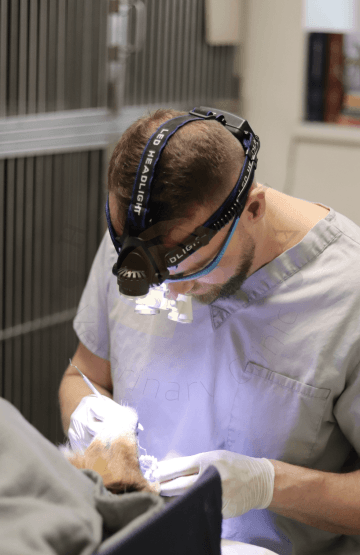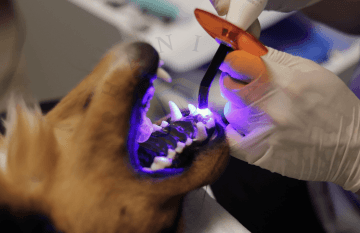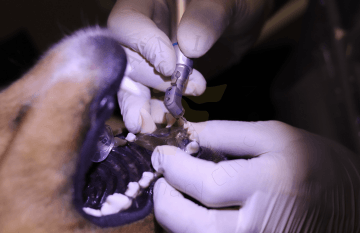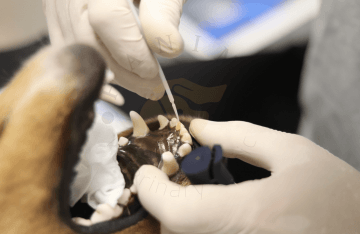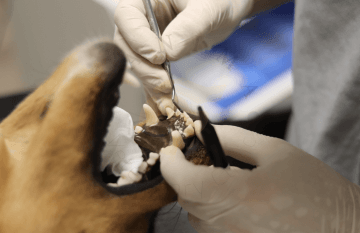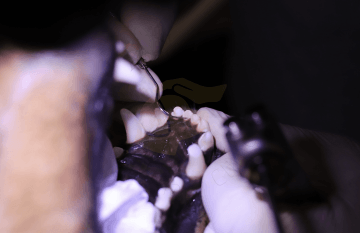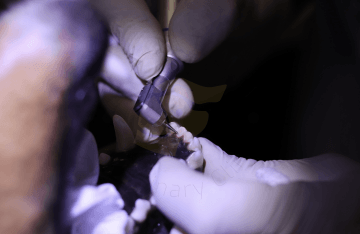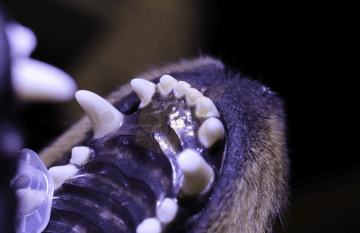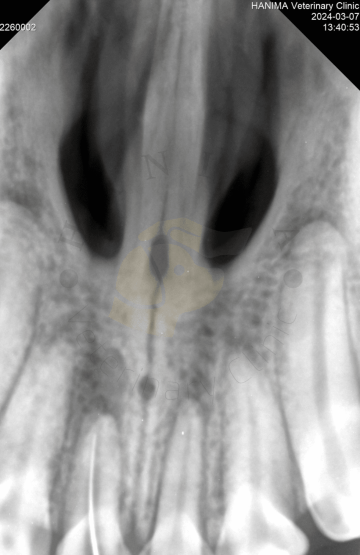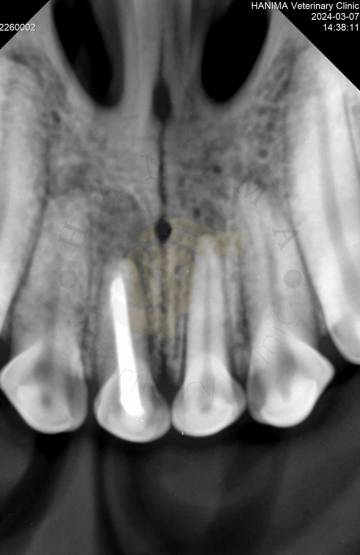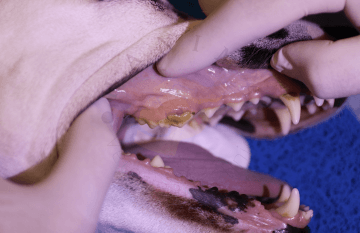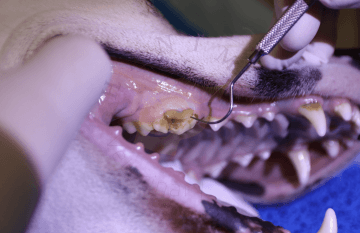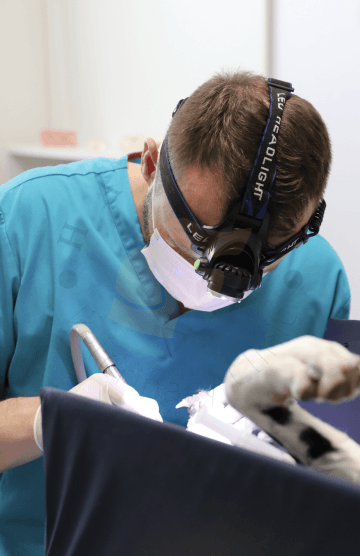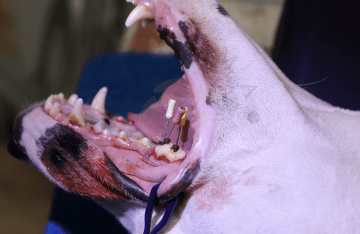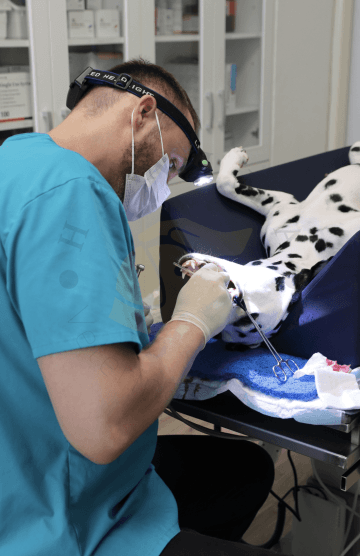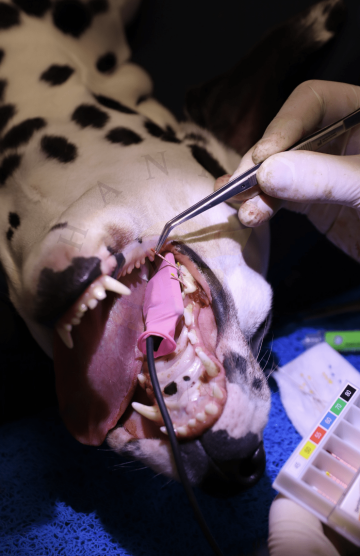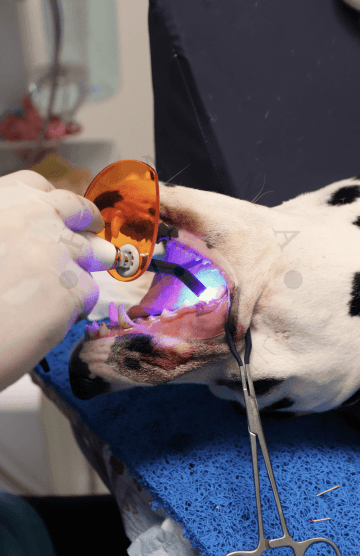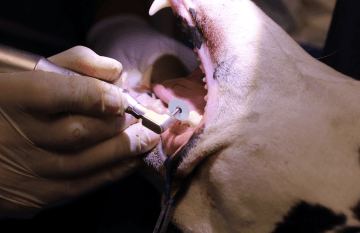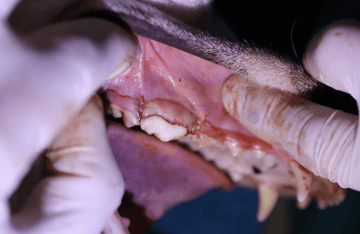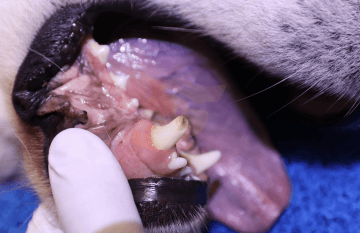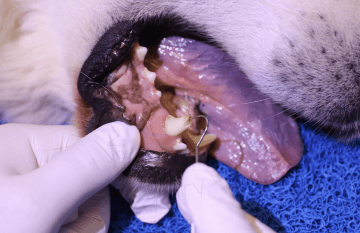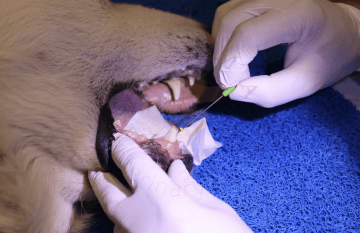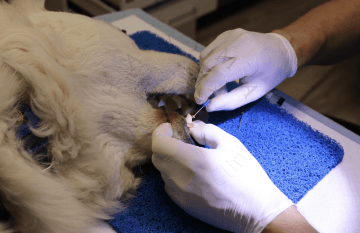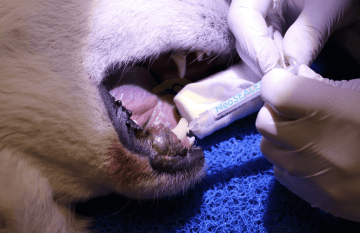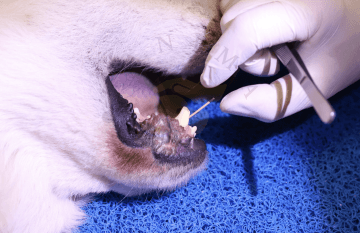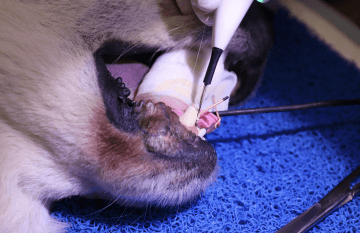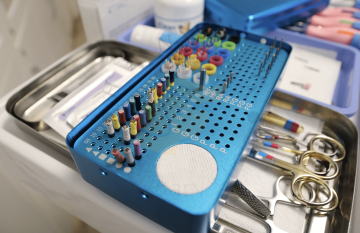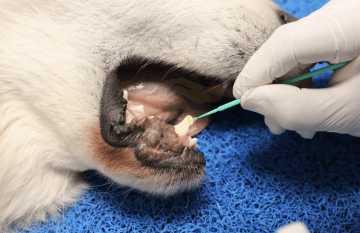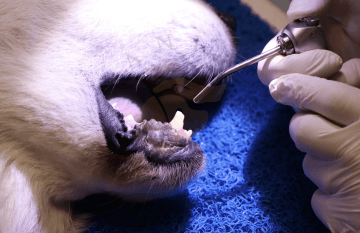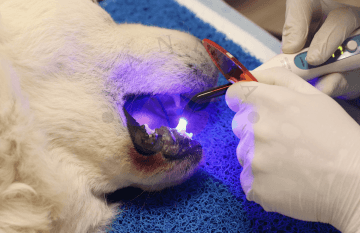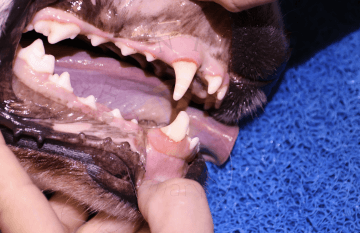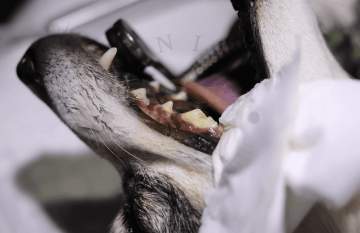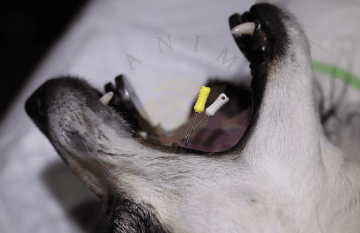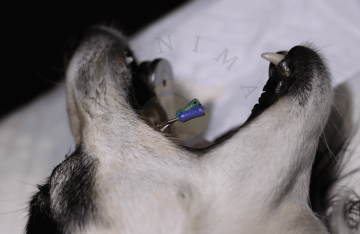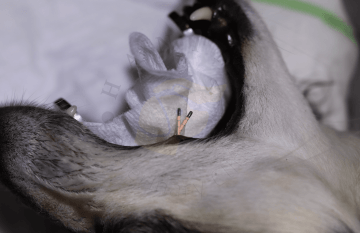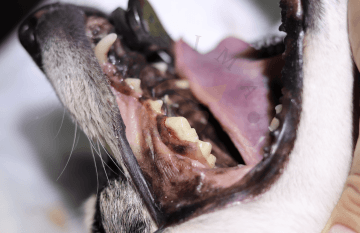Endodontic treatment - root canal therapy
Professional Dental Consultation
The first step before any dental procedure with us is always a professional dental consultation, also known as a dental examination. Without this, we are unable to determine the type, extent, or cost of the necessary dental or dental surgical procedure. We strive to approach our clients transparently to ensure that it is entirely clear what needs to be done and how much it will cost.
The price for a professional dental consultation is 940 CZK.
What is a pulp cavity and endodontic treatment?
The center of the tooth, in other words, the pulp cavity, is a "canal" that nourishes the tooth and contains soft tissue - the pulp. The medulla consists of nerve tissue, blood vessels and lymphatic tissue.
Endodontic treatment means treatment of the inner space of the tooth, in layman's terms treatment of the root canals of the tooth. It is necessary to perform it whenever there is a pathological process in the dental pulp, i.e. inflammation or death, either as a result of excessive tooth decay or an injury.
Root canal treatment (endodontics) is a treatment that involves removing the infected pulp from the tooth's root canal, sterilizing (disinfecting) the canal, and replacing the removed tissue with dental material. The root canal is accessible through the crown of the tooth. Once the root canal is filled with dental material, the access through the crown is filled (restored) to prevent further bacterial access to the root canal. The ultimate goal is to prevent bacteria from entering the tooth. Standard root canal therapy allows the pet to keep the tooth (although it is no longer alive) and maintain its function because the structural integrity of the tooth has been preserved.
How do I know if my dog needs root canal therapy?
When a dog breaks a tooth and exposes the pulp, bacteria and debris from the mouth seeps into the center of the tooth. As a result, a painful inflammation of the pulp (pulpitis) develops, which eventually causes the nerves and blood vessels to die (necrosis of the pulp). Bacteria penetrate out of the root tip (tip of the root surrounded by bone) and infect the bone around the root (apical periodontitis). Both pulpitis and apical periodontitis are very painful. Since tooth infection and subsequent bone infection around the root is highly likely, broken teeth with pulp exposure should be treated as soon as possible with either standard root canal therapy, i.e. endodontically, or extraction.
Why would I want my dog to have a root canal instead of an extraction?
Root canal treatment is less invasive than extraction, and in most cases root canal therapy will save the tooth for the rest of the dog's life. An alternative is tooth extraction. For a tooth with good alveolar support, i.e. an otherwise healthy tooth apart from the exposed pulp, this requires soft tissue preparation and possibly removal/grinding of the alveolar bone. All of this entails increased damage to the soft and hard tissues in the oral cavity and the associated longer recovery time. Therefore, at our clinic, if possible, we always try to save teeth, especially strategic teeth - canines and teeth of the blockbuster complex.
How does it work?
Endodontic treatment of a tooth involves several steps. First, an X-ray examination of the tooth is necessary to map the length and shape of the root canals and to identify the extent of the infection. Next, the tooth is numbed with local anesthesia, and its crown is opened to gain access to the root canals. Then, the infected or dead tissue is removed from the root canals using special tools, and the canals are thoroughly cleaned and widened. The canals are then filled with a special material to prevent re-infection. Finally, the tooth is sealed with a permanent filling or crown to ensure its strength and functionality.
Is root canal therapy painful?
Exactly opposite. Root canal therapy removes the infected and inflamed pulp and kills bacteria during the sterilization process. The entrance to the canal and the crown is filled with an inert material that prevents further penetration of bacteria into the tooth. In most cases, the destruction of the bone surrounding the root resolves and the tooth immediately returns to pain-free function.
Is it expensive to have my dog's teeth fixed with root canal therapy?
Quite frankly, endodontic treatment is not cheaper compared to extraction. On the other hand, the pet remains a functional tooth in its mouth. Performing root canal therapy requires similar equipment, materials and expertise as in human dentistry. Many pet insurance policies cover some or all of the costs associated with endodontic treatment.

